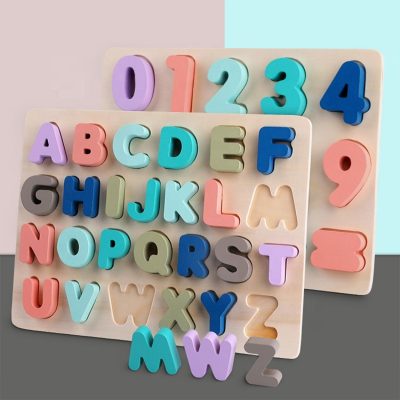Dolls have been a part of human history for thousands of years, evolving in style, materials, and purpose throughout different cultures and time periods. Here’s a brief overview of the history of dolls through the ages:
- Ancient Times: The earliest known dolls date back to ancient civilizations, such as Egypt, Greece, and Rome. These early dolls were often made from materials like clay, wood, stone, and ivory. They were typically simple in design and were often used as religious or ritual objects.
- Medieval and Renaissance Europe: During the Middle Ages, dolls became more popular in Europe. Wealthy families sometimes commissioned intricate dolls made of porcelain or ivory. These dolls were often dressed in elaborate clothing to resemble fashion of the time.
- 18th Century: The 18th century saw the emergence of porcelain dolls, particularly in Germany and France. These dolls were highly sought after and were considered luxury items. They often featured intricate hand-painted details and were dressed in fashionable attire.
- 19th Century: The 19th century brought about significant advancements in doll manufacturing. Germany, in particular, became a center for doll production. Dolls made from bisque (unglazed porcelain) became popular. The development of mass production techniques made dolls more affordable and accessible to a wider range of people.
- Early 20th Century: The early 20th century saw the rise of composition dolls, which were made from a mixture of materials like sawdust, glue, and other fillers. These dolls were less expensive than bisque dolls and were often used as playthings.
- Mid-20th Century: The mid-20th century marked the dominance of plastic dolls, most notably exemplified by the iconic Barbie doll introduced by Mattel in 1959. Barbie became a cultural phenomenon and remains a popular doll today.
- Late 20th Century: Collectible dolls gained popularity in the late 20th century. Doll artists began creating one-of-a-kind and limited-edition artist dolls, often using a variety of materials, including porcelain, cloth, and polymer clay. These dolls appealed to collectors interested in both artistry and craftsmanship.
- 21st Century: Doll collecting continues to thrive in the 21st century. Collectors have a wide range of dolls to choose from, including vintage, antique, modern, and artist dolls. The internet has facilitated connections among collectors and enabled the buying and selling of dolls from around the world.
Throughout history, dolls have served various purposes, including religious, cultural, educational, and recreational. They have been used to teach children about society and to reflect the fashion and values of their time. Dolls have also been cherished toys, comfort objects, and symbols of creativity and artistry.
The history of dolls through the ages is a testament to the enduring human fascination with miniature representations of the human form and the way in which dolls have evolved in response to cultural and technological changes

 .
.

















